Benzodiazepines
Benzodiazepines
We have available a list of 98.9% pure Benzodiazepines for anxiety long term for sale, and disorders like sleep, alcohol withdrawal, seizures, insomnia, dogs, depression, nausea, panic attacks, bipolar and for nerve pains.
Benzodiazepines enhance the effect of the neurotransmitter gamma-aminobutyric acid (GABA) at the GABAA receptor, resulting in sedative, hypnotic (sleep-inducing), anxiolytic (anti-anxiety), anticonvulsant, and muscle relaxant properties. High doses of many shorter-acting benzodiazepines may also cause anterograde amnesia and dissociation. These properties make benzodiazepines useful in treating anxiety, insomnia, agitation, seizures, muscle spasms, alcohol withdrawal and as a premedication for medical or dental procedures. Benzodiazepines are categorized as either short, intermediary, or long-acting. Short- and intermediate-acting benzodiazepines are preferred for the treatment of insomnia; longer-acting benzodiazepines are recommended for the treatment of anxiety.
Our research chemicals are mostly structural or functional analog of a controlled substance that has been designed to mimic the pharmacological effects of the original drug, while avoiding classification as illegal and/or detection in standard drug tests. Research chemicals include psychoactive substances as well as analogs of performance-enhancing drugs. Some of these were originally synthesized by academic or industrial researchers in an effort to discover more potent derivatives with fewer side effects and were later co-opted for recreational use. Other research chemicals were prepared for the first time in clandestine laboratories. Because the efficacy and safety of these substances have not been thoroughly evaluated in animal and human trials, the use of some of these drugs may result in unexpected side effects.
The development of designer drugs may be considered a subfield of drug design. The exploration of modifications to known active drugs—such as their structural analogues, stereoisomers, and derivatives—yields drugs that may differ significantly in effects from their “parent” drug (e.g., showing increased potency, or decreased side effects). In some instances, designer drugs have similar effects to other known drugs, but have completely dissimilar chemical structures (e.g. JWH-018 vs THC). Despite being a very broad term, applicable to almost every synthetic drug, it is often used to connote synthetic recreational drugs, sometimes even those which have not been designed at all (e.g. LSD, the psychedelic side effects of which were discovered unintentionally).


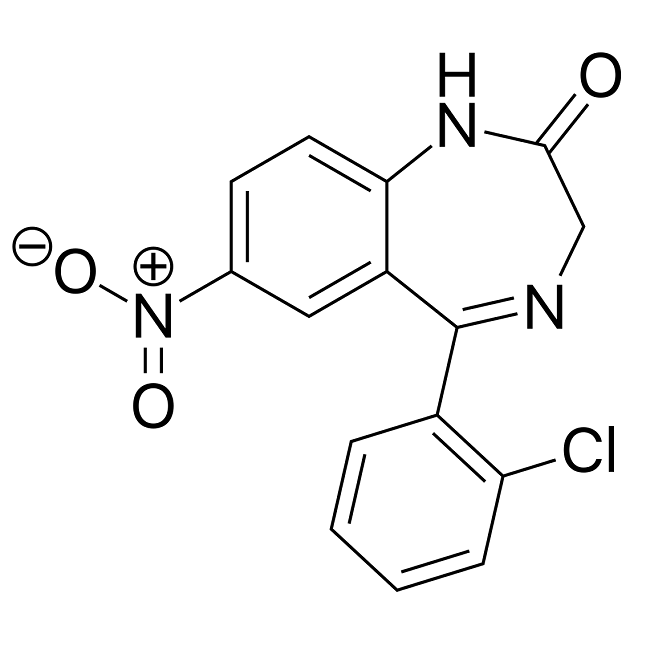
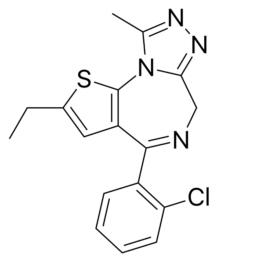

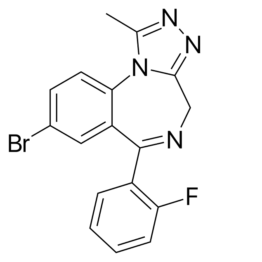
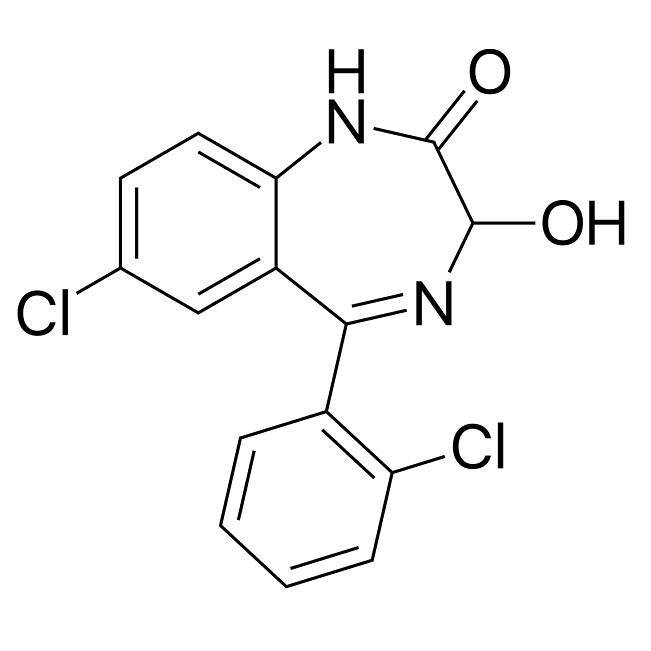
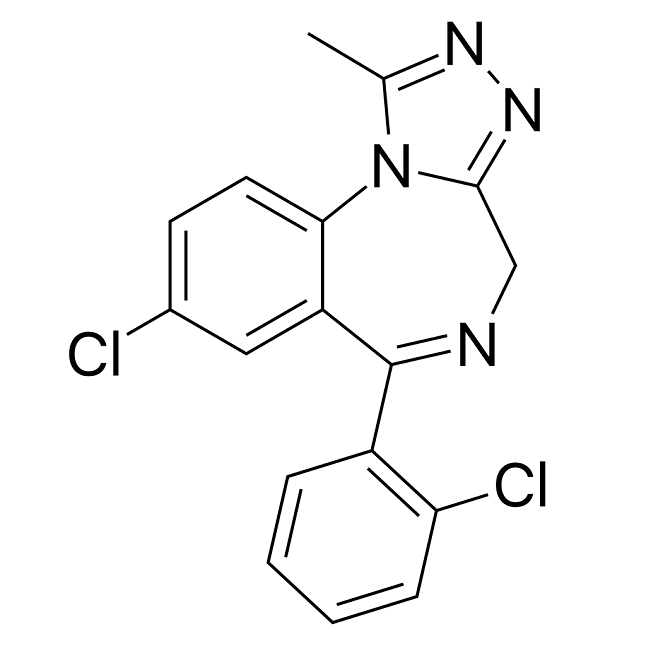
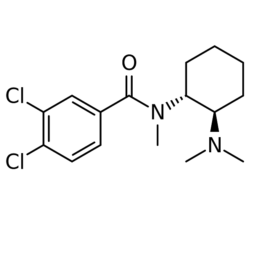

Recent Comments